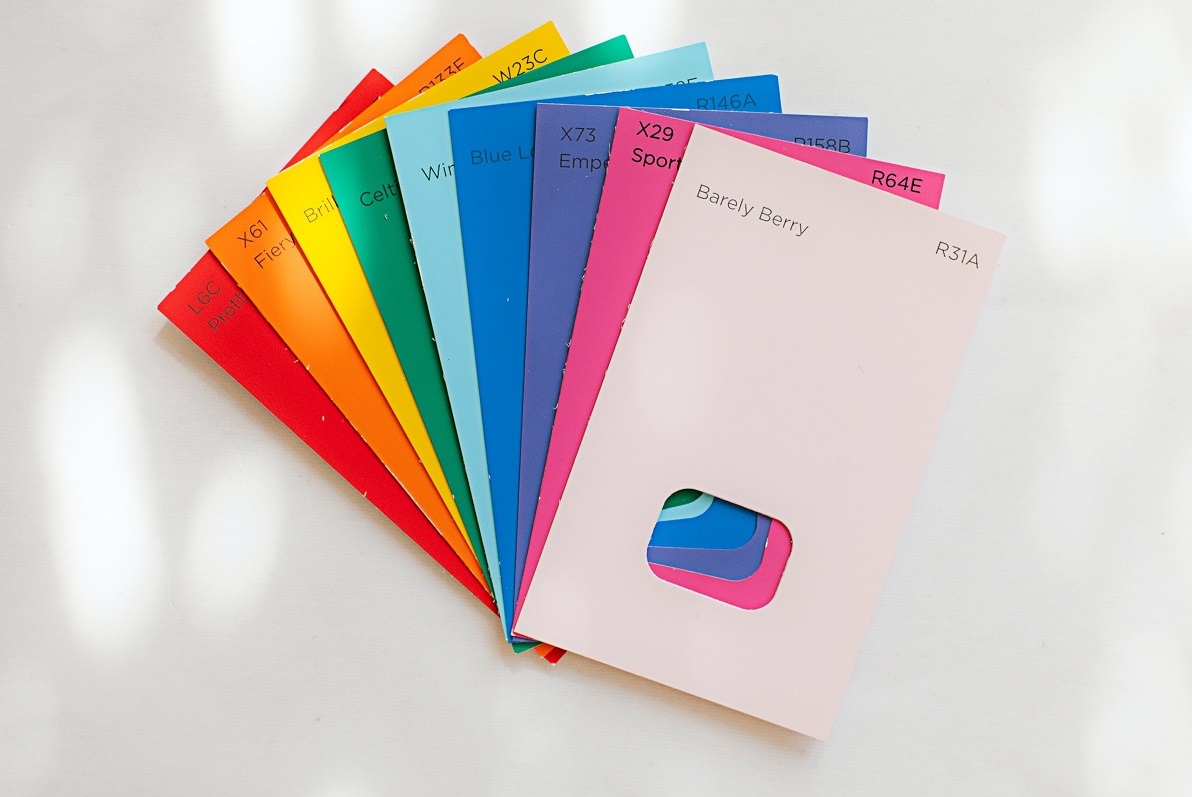Jeremy Glaser: For Morningstar, I'm Jeremy Glaser. We're launching an enhancement to our sustainability rating, and I'm here today with Jon Hale, our director of sustainable investment research, to talk about what's changing and how these ratings can be used.
Jon, thanks for joining me.
Jon Hale: My pleasure.
Glaser: Let's start by talking a bit about our Sustainability Rating for funds. These are the globe ratings. Can you just refresh our memory about what we're trying to measure with this rating.
Hale: Yes, sure. The Sustainability Rating, Jeremy, is a measure of how well a portfolio's holdings are managing their ESG risks and opportunities relative to the portfolio's peer group.
Glaser: And ESG being environmental, social, and governance factors?
Hale: Yes.
Glaser: When you think about the changes, the enhancements that we're making, what are some of the big ones in terms of how this will differ from what it's looked like in the past?
Hale: The most significant change is how we define a portfolio's holdings. Rather than using only the most recent portfolio, we're now going to be using 12 months' worth of portfolio. This will give investors a more reliable take on sustainability rather than just using a single point in time portfolio.
Glaser: Would you expect, then, the ratings to be more stable over time, that you'd see less changes because of that move?
Hale: Yep. It'll be more reliable than just a single portfolio. A single portfolio could technically be an outlier relative to the other portfolios. It doesn't happen all that much, but I think there is a perception out there that that could be the case. And out of thousands of funds that we rate, clearly that could possibly happen.
I guess more to the point is that this is something we have intended to do since the launch of the rating, but in the beginning, we didn't have historical data.
Glaser: Let's talk about the peer groups that the funds are being compared to. That's changing as well. Why is this important, or why does it matter how we're grouping the funds?
Hale: Ultimately, the globe rating is assigned based on a portfolio's sustainability score relative to its peer group, and it's normally distributed into five buckets, or to assign the globes with the top bucket representing the best 10% of funds in a particular category. The next 22.5% get four globes. The middle 35%, three globes, and so on. A one-globe fund is the bottom 10% of a particular peer group.
We're changing the peer group from the Morningstar Category system to the Morningstar global category system, and the reason we're doing that is that while the Morningstar Category system is more familiar to most investors because it's based on domicile--it's a collection of funds that are offered for sale within a particular market, so in the U.S. we have all U.S. fund categories. In Europe, they have all Europe fund categories. What we're doing with the global category system is removing that domicile requirement and just simply focusing on what it is a fund does.
Going forward, we'll have a global category, for example, that includes all emerging-markets equity funds rather than separate emerging market equity funds for the U.S., for Canada, for Europe, and other parts of the world.
Glaser: You could potentially see some shifts there as those peer categories change.
Hale: Yeah. It makes them a lot bigger, and so in some markets, say Canada emerging markets, those could be pretty small peer groups, and that makes it somewhat difficult for us to apply our globe rating distribution. Now we have with the global peer groups much larger peer groups on average than we did before. Technically, you're still comparing like funds in the global category system.
Glaser: Big picture, that investors don't really need to change the way that they're using these ratings due to these enhancements.
Hale: Right. I would say no.
Glaser: And then what would be some of the best ways to really use this for an end investor?
Hale: The best way to use it is to give an investor a sense of I guess what I would call the sustainability profile of the companies that a fund's investing in, and being able to compare that to other funds in a category. So if you want to incorporate the concept of sustainability into your investments, this is a great way to do it. A great way to start.
Glaser: Jon, as always, thanks for joining me.
Hale: My pleasure.
Glaser:For Morningstar, I'm Jeremy Glaser. Thanks for watching.





















